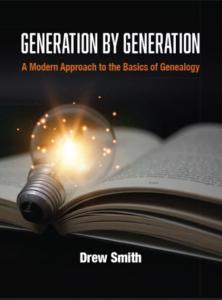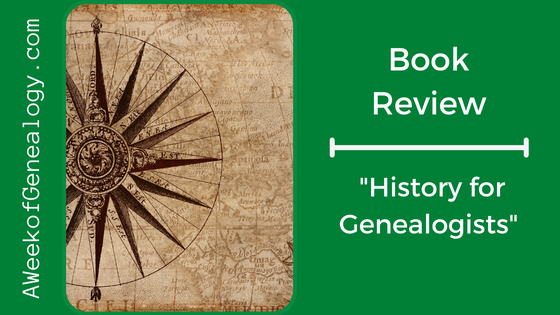Book Review: Evidence Explained, Fourth Edition

It is difficult to tackle a review of such a definitive classic tome, but this newest edition does warrant the work involved in such an undertaking. Elizabeth Shown Mills has certainly invested the time to document what can be a daunting process to many, and to eliminate confusion about the topic with clear explanations.
New technology means more and different sources to cite, and the book has been expanded to conquer them all. It is difficult to imagine how this magic has been done, given that the page count of the book has been reduced from the 892 pages of the Third Edition (Revised) to 739 pages. Ms. Mills has accomplished this seeming legerdemain, not with a slight of hand, but through the use of templates.
The Fourth Edition now contains 14 templates, which are more general and concise than the Quickcheck Models of the previous edition. In each template, there is a first reference note, followed by construction notes explaining each part of the citation. These templates allow a user to build up their citation in a way that makes sense for their source, and for other sources that may not even exist yet.
While other reviewers have shared their views about the undeniable strengths of the evidence analysis process presented in this book, this engineer proposes to evaluate it under actual use conditions. For a book like the newest edition Evidence Explained, the best way to review it is to spend a little time using it.
The first thing I did was make sure I could still locate the straightforward information about which part of ships’ names are and are not italicized. For some reason, this is something I always need to double check. This small piece has remained the same between versions.
On a couple of recent occasions, I needed citation support that was beyond other sources, so I had good opportunities to work with the newer elements of the book.
I found myself needing to cite a college newsletter and yearbook for a very brief project. Wanting to make a good impression on the recipient, I needed Ms. Mills help, and her book did not disappoint me. Undoubtedly investing time in reading the book from cover to cover will yield a good return, but prior to completing that task I searched in the index for help.
Although I first thought to cite the yearbook and school newsletters, it was clear that this approach was flawed. The items requiring citations were in an online virtual archive, which is a Digital Collection. Using Section 4.15 and its examples within Online Images: Empasis on Document was the help I needed. This led me to more help offered by Template 10, Online Image (No Named Database), which was immediately bookmarked (with a sticky note).
Another case was the need to cite a private message sent to me via Facebook. Messages like this are interesting sources. Of course, they do not have the benefit of peer review or public review. They are unrecoverable by a reader. In this case, I needed to use a quote from the private message, and it was clear from the context and the subject area that it contained subjective data.
Checking the index for social media led me to explore the complexities of citing social media posts, but that was not what I needed for this citation. So, I located correspondence, personal in the index and investigated. This led me to Section 4.41 about Email & Instant Messages. One of the examples was for a Facebook direct message, which was exactly what I needed. Even though the example was sufficient for me to build the citation, this whole section sent me to Template 7 Private Holdings (Artifact or Manuscript Document) where further explanation could be found.
Citations accomplished!
I recommend checking out Section 2.10 for the Symbols & Terms that are used to flag citations. The symbols are good flags for the types of citations that I often use, and knowing where to start can be confusing without a reference. As we learn in the footnote, there are fewer examples for type CD-ROM, which makes sense because we are using them far less than we might have in the past in favor of their online replacements.
The sticky notes that were accrued in the Third Edition during my ProGen days have now been migrated to the Fourth Edition, and new sticky notes have joined them. I often return to my most used templates and the chapters that I seem to be needing a lot lately, Archives & Artifacts and Business & Institutional Records.
The Templates are a very useful update for this classic work, and the section about Generative AI (Artificial Intelligence) is one more way that Ms. Mills demonstrates that this reference does support you from artifacts all the way to cyberspace.
The book is available at Genealogical.com and other booksellers.
Notes: A review copy of the book was provided by the publisher. Like many other genealogists, I am a fan of Ms. Mills and recognize her service to the genealogical community.












